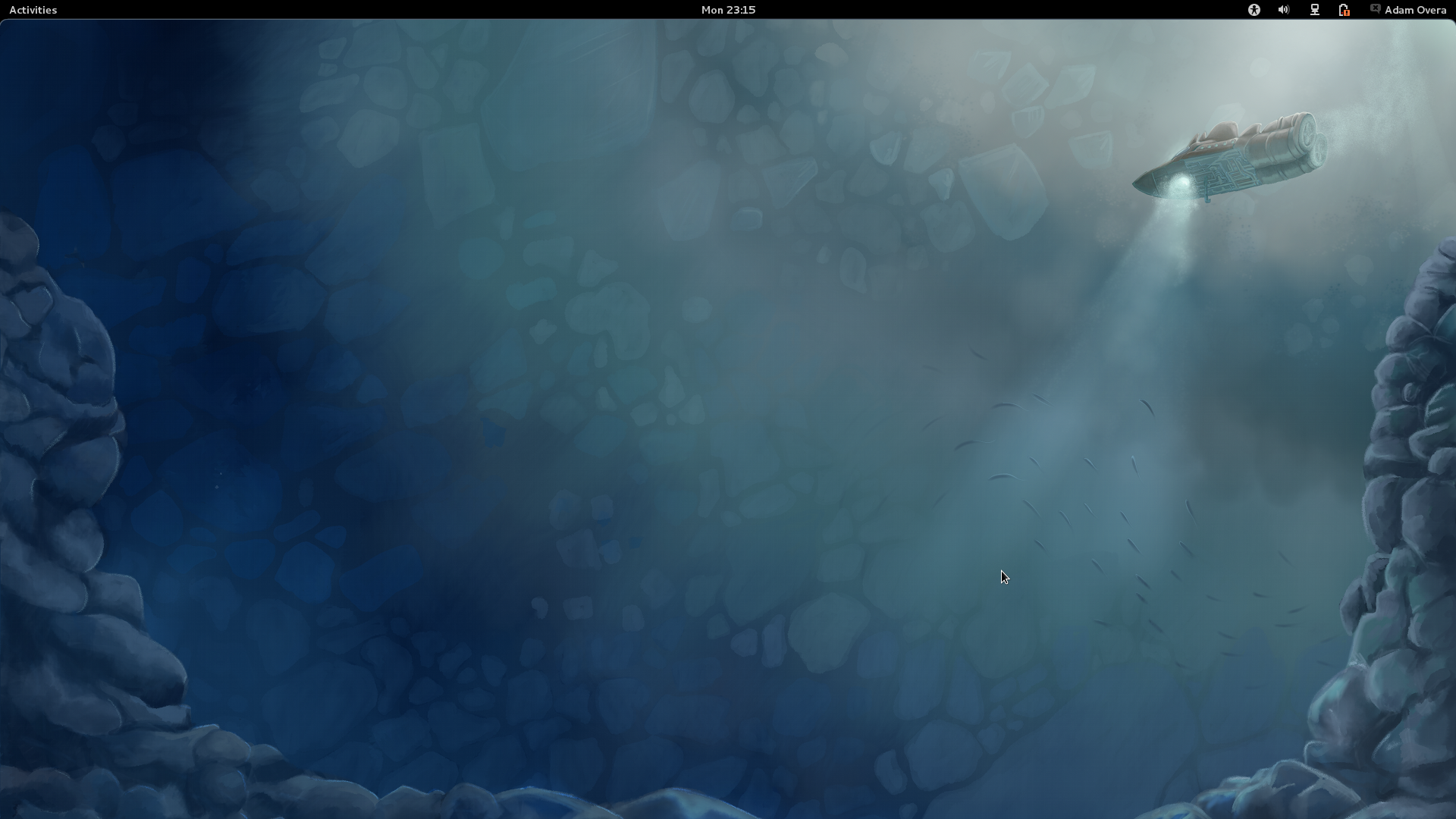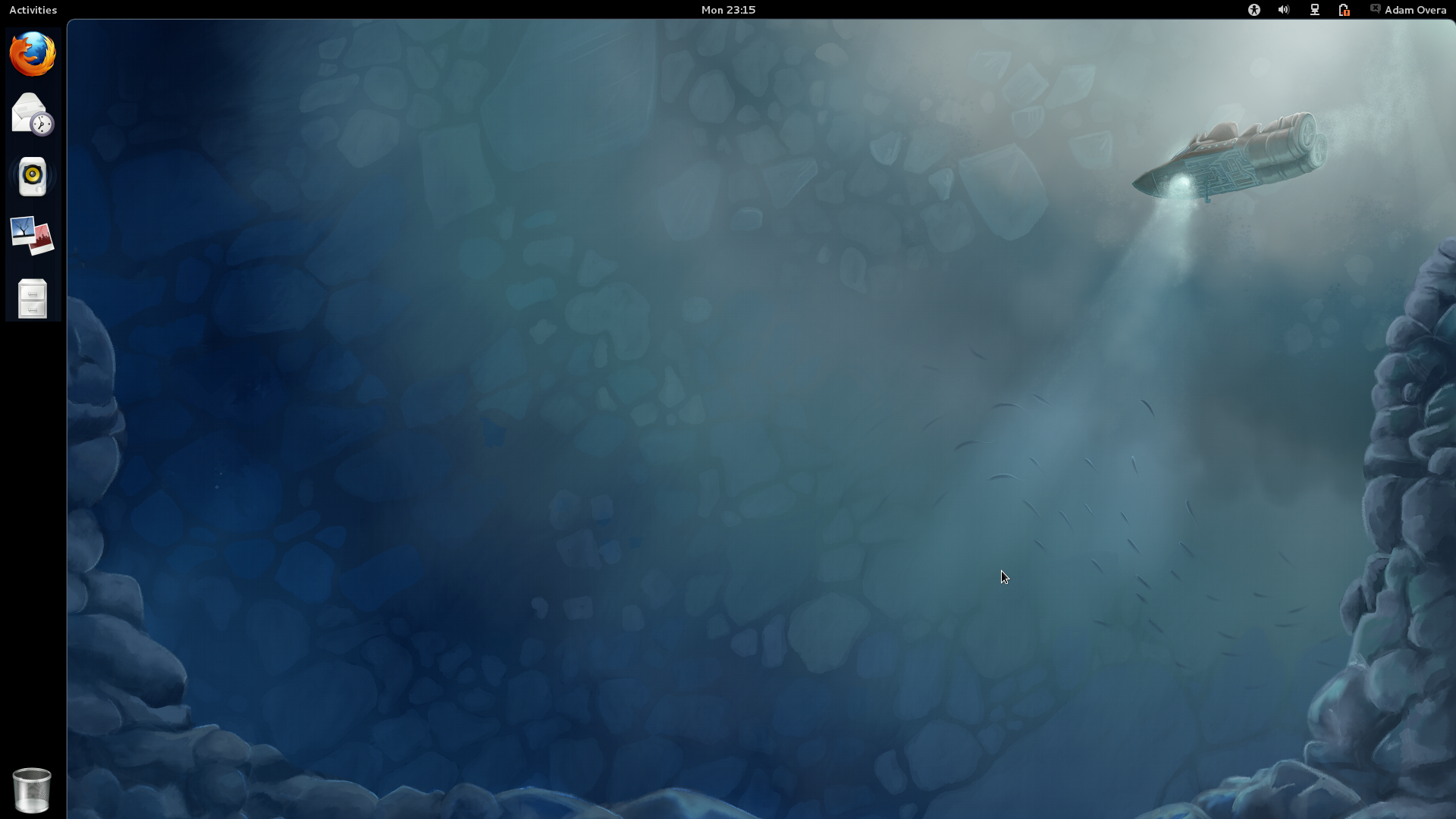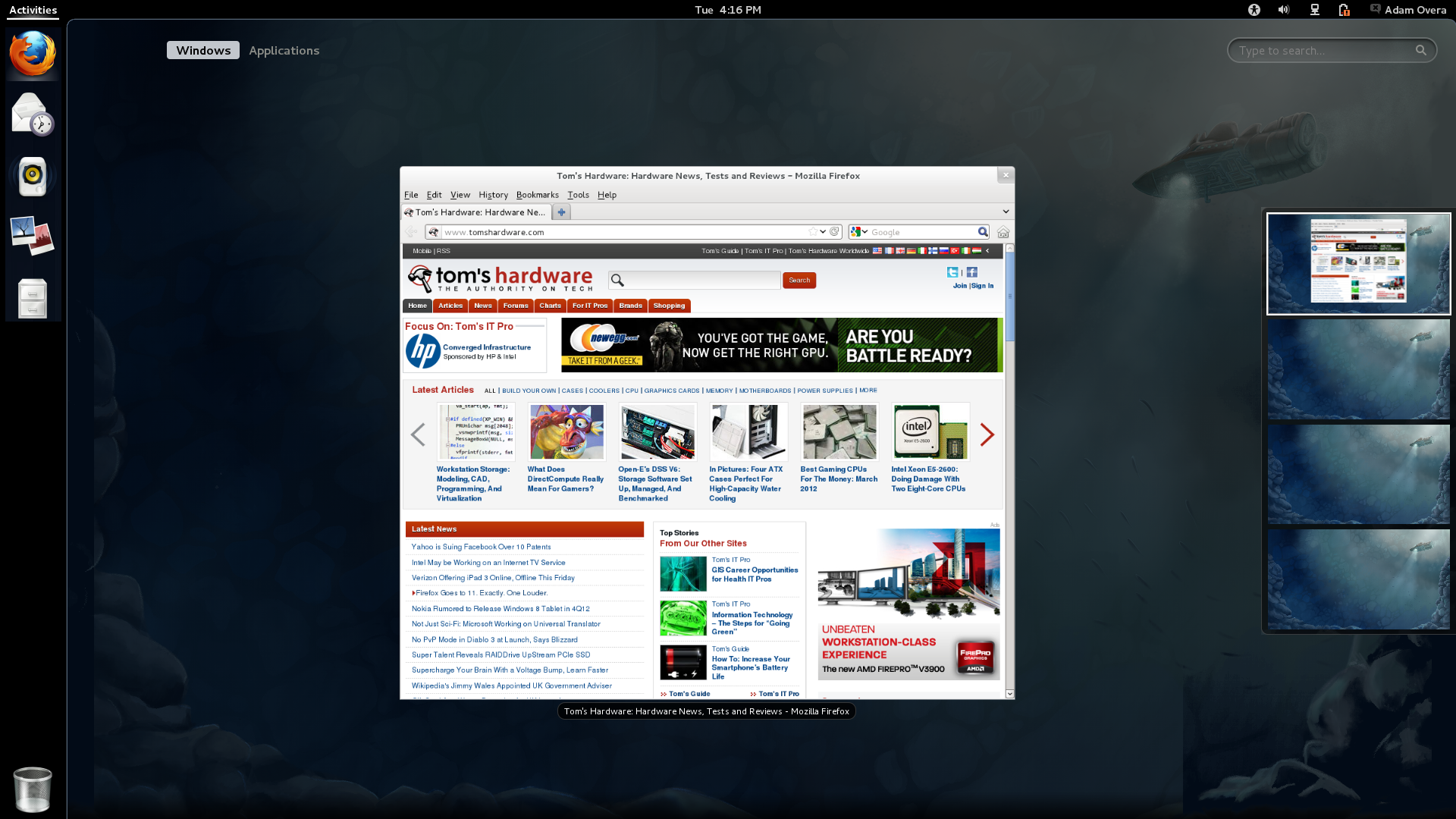Fedora 16 And GNOME Shell: Tested And Reviewed
Ubuntu and Mint don't want it; Linus called it an “unholy mess.” While most other distros are passing up or postponing GNOME Shell, Fedora is full steam ahead. Does Red Hat know something the rest of us don't? Or is GNOME 3 really as bad as everyone says?
GNOME 3: Conclusion
Despite the colossal blunder that is GNOME Shell, there is a good deal of merit in this new version of GNOME.
A Diamond In The Rough
Bizarre default configuration aside, the GNOME Tweak Tool and user-created shell extensions prove there is a platform to work with in GNOME Shell. Try to think of the current iteration of GNOME 3 as a foundation to build upon. An empty canvas. And truly, it doesn't get much emptier than this:
With a load of tweaks, GNOME 3 can be a modern, functional, efficient, and even beautiful computing environment. One of the things we don't like about Linux distributions in general is the lack of originality. Sure, different distros use different icons and themes. But the majority of them retain the stock GNOME or KDE layout.
The extension system allows for significant customization of GNOME Shell. It's now possible for one GNOME 3 distribution to look and function differently from another. There are multiple routes to take with UI layout once you throw extensions, and the possibility of distro-developed extensions, into the mix.
Can't We All Just Get Along?
Unity, the new user interface for Ubuntu, also received its share of harsh criticism. Which new GNOME-based GUI is winning? If you caught our review of Ubuntu 11.10, you know that most of the problems we had with Unity were in the defaults, whereas our biggest issues with GNOME Shell are in the fundamentals.
Get Tom's Hardware's best news and in-depth reviews, straight to your inbox.
It really is too bad that Canonical and the GNOME Project decided to go their separate ways. Both user interfaces feel like products of a bitter divorce. Not the kind where I get the car and you get the living room furniture. The kind where we bring out the chainsaw and literally cut everything in half.
GNOME 3 and Unity both suffer from a handful of usability issues that could easily be rectified by combining the two projects. GNOME is in great need of the Unity Launcher, and Unity could benefit from using the GNOME 3 Activities overview as opposed to Dash.
The screen shot below is a side-by-side of the empty GNOME 3 shell and the Unity desktop, followed by another side-by-side of the GNOME 3 Activities overview and the Unity Dash.

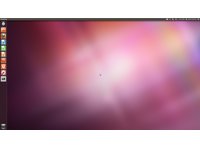

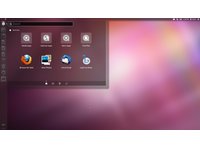
What's missing? Here are a few mock-ups depicting what could have been:
Take GNOME Shell, add the Launcher, functional desktop, and static configurable workspaces of Unity and you have something that's familiar enough, capable enough, and slick enough to appeal to both current users and potential converts.
While the GNOME Project is unlikely to utilize anything from Unity in the near future, Canonical is slowly integrating GNOME 3 into Ubuntu. So, we'll get to see which GNOME 3 features get implemented in upcoming versions.
While the practicality and efficiency of Unity over GNOME Shell is highly debatable, Canonical seems to have the advantage. But so far, the real winners in this GNOME 3/Unity split are XFCE and KDE.
The Takeaway
Using GNOME Shell is an exercise in supreme frustration. After spending the first month with this interface, I wanted to crawl into a corner and die. That's right. Month. Coming from someone who changes OSes with the same frequency that most people change clothes, the learning curve associated with GNOME 3 is steep.
The second month we discovered shell extensions. GNOME 3 not only became something we could use, but it became something that we wanted to use. The power of the extensions system got us excited about this desktop. With a heavy amount of customization, GNOME 3 can be tailored to suit the needs of nearly any user. But the bottom line is that it shouldn't require this much effort to get the basic functionality provided by other desktops immediately upon installation. Regardless of the potential, if you “upgrade” to GNOME 3 you will almost certainly lose any semblance of work flow.
Normal folks should definitely skip this one. Don't even bother with the rental. Linux nerds reading this article are encouraged to give GNOME 3 another spin, and distributors shouldn't give up on GNOME 3 simply because of GNOME Shell's default configuration.
Follow Adam on Twitter.
